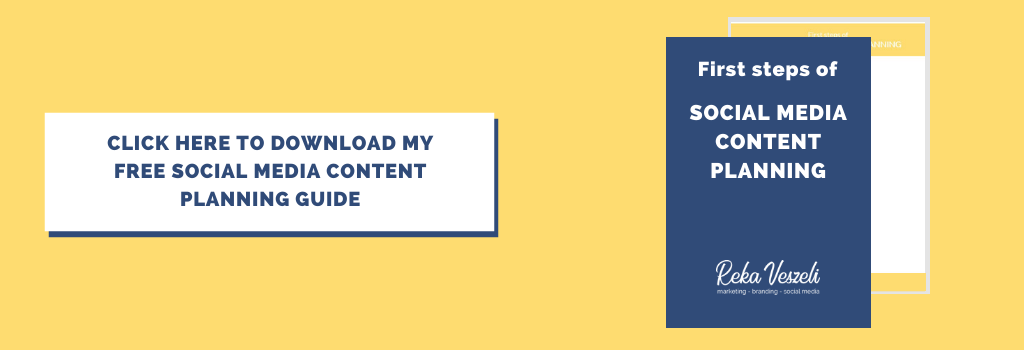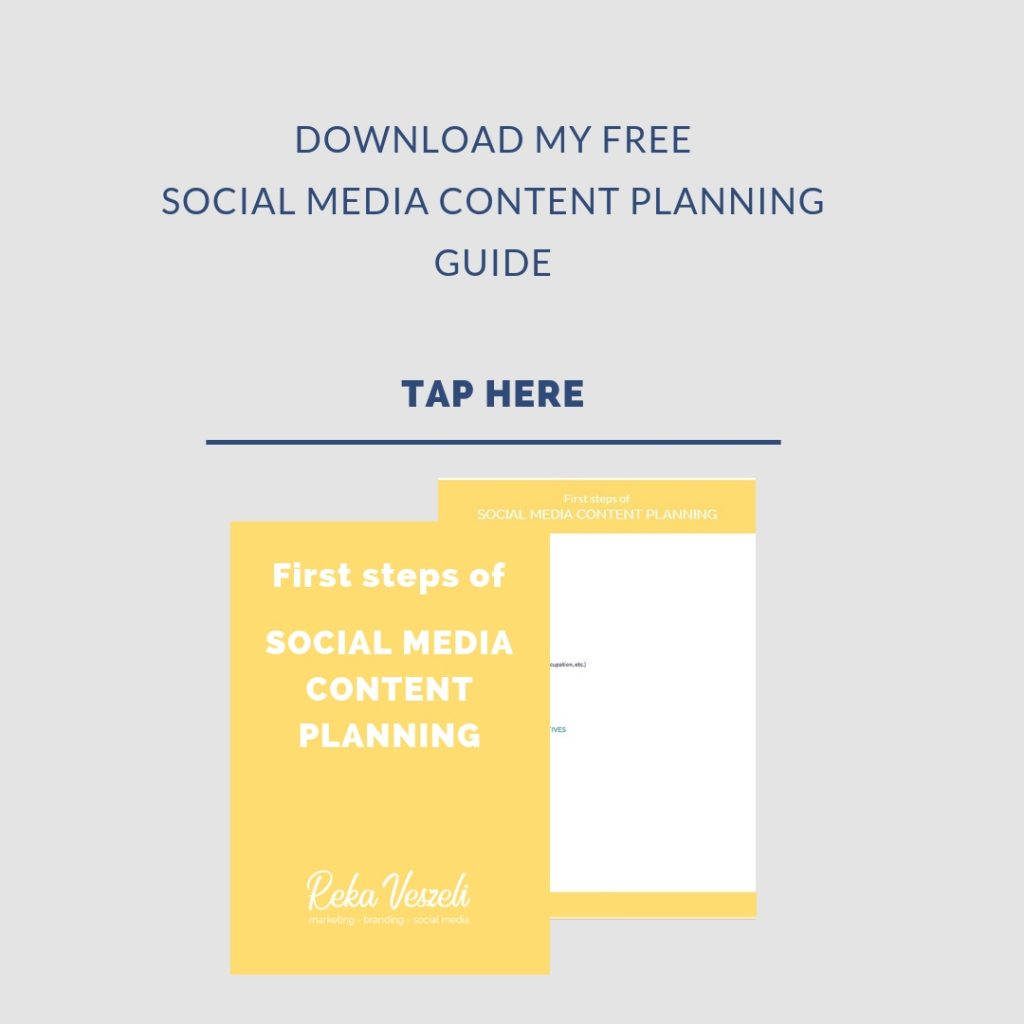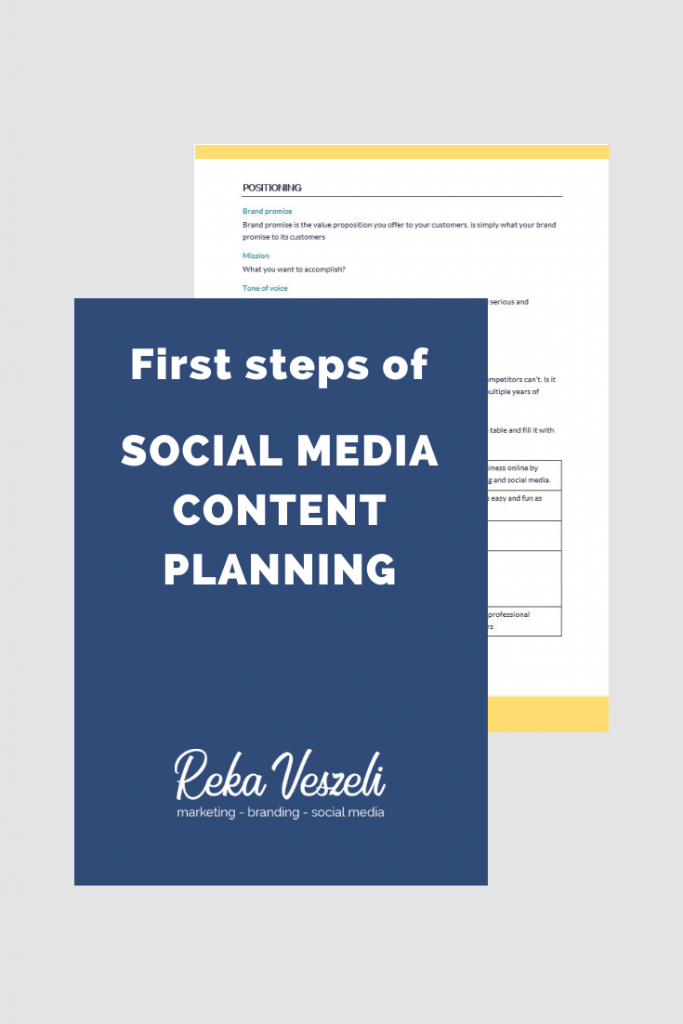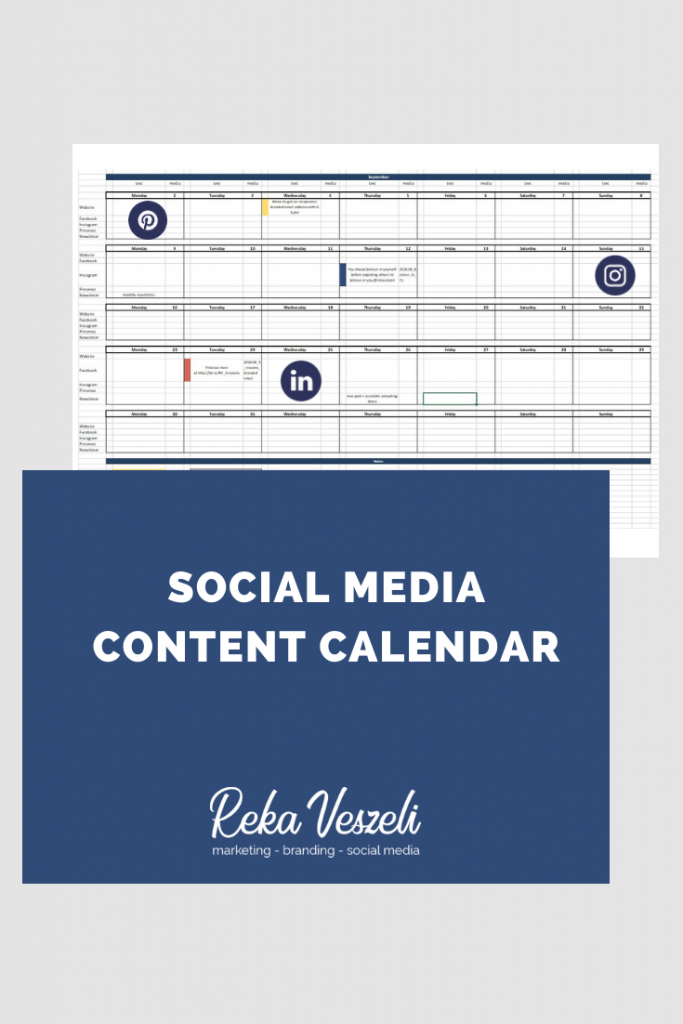
How to set SMART marketing goals
with free template
The year has already started, but it’s still not too late to plan your marketing strategy. A fundamental element of it is to set your goals. I’m not talking about something like GROWTH or ENGAGEMENT. These are just headlines, what you really need are real goals. SMART goals.

Image source: Canva.com
Why?
Goal setting is the backbone of every successful marketing planning. If they are not clear how do you know you’ve reached them? Furthermore, well-defined goals will help you to define the concrete action steps you need to take.
SMART goals help to focus your efforts, maximise your productivity and achieve all you want this year.
Are you ready to get started?
Evaluate your current position
Investigate where you’ve come from to define where you’re going. Analyse your current activities and ask yourself:
What marketing activities I had last year? How much time they required and were they worth the effort or not?
Where my website visitors are coming from? From Google search, paid ads or social media?
Which platform performed the best in terms of ROI (Return on Investment)?
How many sales did I close?
Do I have the same focus as last year?
Use this information as a benchmark when moving on to the next step.
Use the “Social media goals” section of the free Social Media Content Planning Guide as a template
Set SMART goals
Let’s start with an example:
I’m going to increase my blog traffic from 7000 page views/month to 10000 by the end of June to get more affiliate income.
S = Specific
A specific goal will help you to see clearly and grant you a bigger chance of success. This is where the 5Ws can help you. These are the questions considered as basic in problem-solving or in gathering information.
WHO – Who is responsible for achieving the goal?
I’m going to increase my blog traffic from 7000 page views month to 10000 until the end of June to get more affiliate income.
WHAT – What do you want to achieve?
I’m going to increase my blog traffic from 7000 page views/month to 10000 until the end of June to get more affiliate income.
WHERE – In which are of your business? In which platform?
I’m going to increase my blog traffic from 7000 page views/month to 10000 until the end of June to get more affiliate income.
WHEN – What is the deadline? When it will occur?
I’m going to increase my blog traffic from 7000 page views/month to 10000 until the end of June to get more affiliate income.
WHY – What is your motivation? What you will gain from completing the goal?
I’m going to increase my blog traffic from 7000 page views/month to 10 000 until the end of June to get more affiliate income.
Don’t forget, the more specific, the better, so you can always add more information.
M = Measurable
Your goals need to be measured, so you need to break down each goal into elements that you can actually track.
For example, instead of saying “I want to increase customer satisfaction” you should think about factors that contribute to customer satisfaction and form statements, like:
- I want to get 25% more five-star reviews from my customers.
- I want to decrease the number of negative comments on Facebook by 25%.
- I want 75% of my new customers to became repeat customers.”

Image made by using Canva
A = Achievable
Don’t be too shy but try to stay realistic and doable. Use the results of your evaluation or check your competitors for further insights.
R = Relevant
There is no need for goals that have nothing to do with your mission. Choose business objectives that matter. If your main objective is growth for Q1, then setting up goals on how to increase engagement might be not the best choice.
Timing is also crucial. Let’s say you have a wedding stationery business. Then more likely most of your sales occur in the first half of the year. (In summer when most of the wedding are held and in spring when invitations are sent out.) Therefore, don’t set goals expecting the highest number of sales for Autumn.
T = Time-bound
Have a clear time frame for your goals. It can be a deadline (by the end of June) or an interval (in Q3). This will keep you stay focused and helps to set priorities. To set attainable goals you can use the results of your evaluation again.






